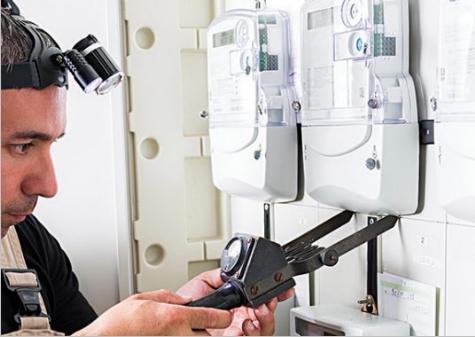The parameters of on-site testing refer to the specific characteristics or conditions that must be taken into consideration when conducting tests on-site. Some of the important parameters of on-site testing include:
-> Location: The physical location of the equipment, system, or material being tested can affect the testing process and results. Factors such as environmental conditions, accessibility, and safety considerations must be taken into account.
-> Test equipment: The type and quality of the test equipment used can affect the accuracy and reliability of the test results. It is important to use calibrated and well-maintained equipment that is appropriate for the specific test being conducted.
-> Test procedure: The testing procedure must be well-defined and consistent to ensure that the test results are accurate and reliable. The procedure should be based on recognized standards and guidelines and should be appropriate for the equipment, system, or material being tested.
-> Test duration: The duration of the on-site testing can vary depending on the complexity of the equipment or system being tested. The testing duration should be long enough to ensure that the equipment or system is tested under normal operating conditions and to identify any potential issues.
-> Safety: Safety is a critical parameter in on-site testing. It is important to follow established safety procedures and guidelines to protect personnel, equipment, and the environment from potential hazards.
Service Name : On-site Testing
On-site testing refers to the process of testing equipment, systems, or materials at their physical location or in the field, rather than in a laboratory or off-site facility.
On-site testing is commonly used in industries such as construction, manufacturing, and energy, where large equipment or systems are installed on-site and need to be tested and commissioned before operation.
